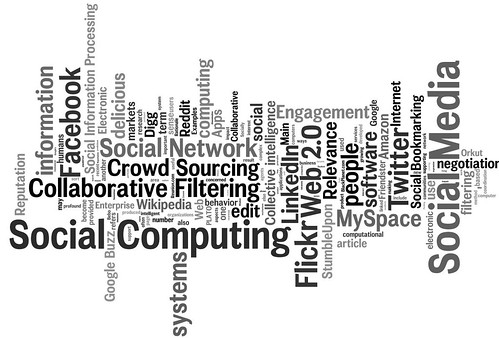There is a social media bubble. That is not to deny the growing importance of social channels in an integrated digital marketing strategy, but there are more and more voices decrying email as dead and only social networks, like Twitter and Facebook, as relevant. Why send an email, when you can tweet, they ask?
That not only misunderstands communication but is sure to ensure that their target audience misses their message.
E-mail is more relevant than ever, to reach key audiences. In addition, email has among the best ROI. Click through rates of email are among the highest — more than banner ads or video.
In 2010, over 107 trillion emails were sent — 294 billion per day. There were over 244 million new email users. 25% of which were corporate accounts.
Over 93% of web surfers subscribe to permission-based email, according to eMarketer. “Best practices for email marketing can be summarized in one sentence,” said David Hallerman, eMarketer principal analyst and author of the new report, “10 Best Practices for Email Marketing.” “Get accurate and detailed data from people who want to hear from you, then automate the numerous steps involved in sending them relevant messages.”
E-mail is also adapting and changing. These are concerns that marketers need to be aware of.
- More and more email is being read on mobile devices
- Email is increasingly becoming social as well, with content being shared online and links from articles being shared
“Not only does email usage remain a prime activity among internet users of all ages, it allows marketers to contact their target audience with timing and personalized details that social sites cannot match,” said Hallerman. “And the rise of mobile usage helps marketers reach their customers via email more than before, since many people use those devices to check email much more frequently than they might have in the past.”








